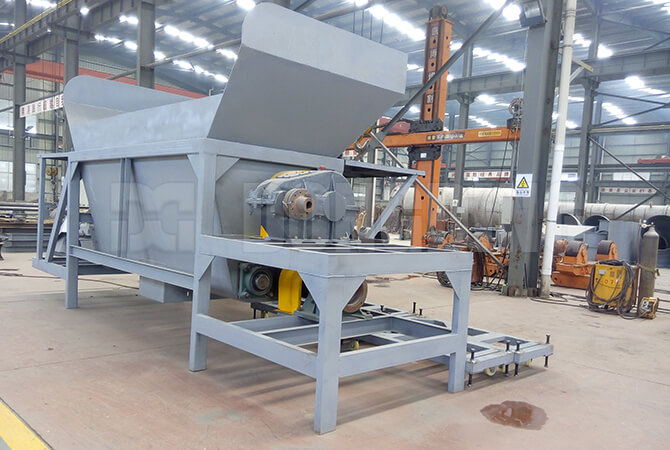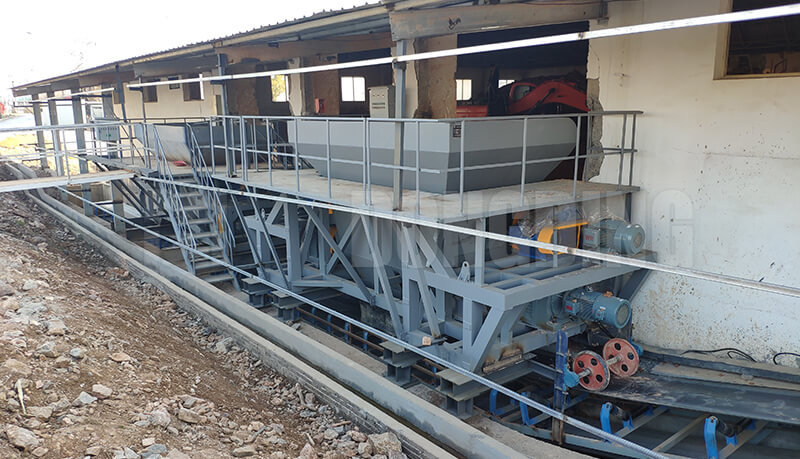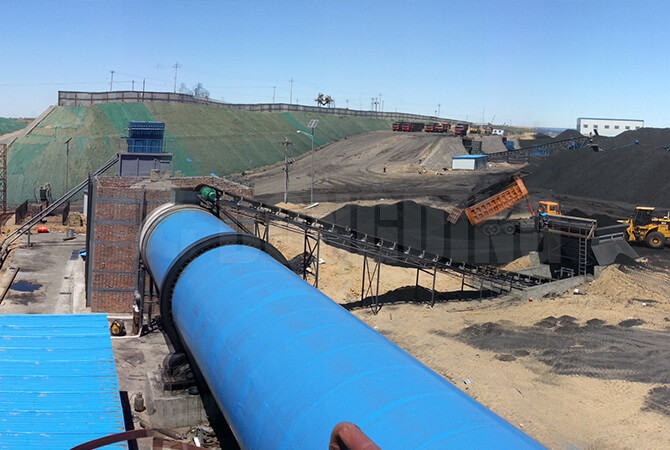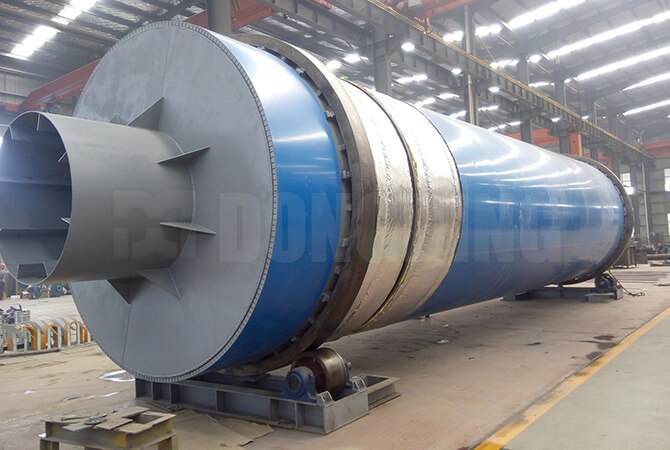Disperse Feeder

Disperse Feeder Introduction
Viscous materials dispersion is an indispensable process before drying. The dispersing feeder is a kind of special feeding equipment designed according to the characteristics of high moisture, high viscosity, fine particles and easy to hold together of muddy materials, which ensures the uniform and smooth feeding of high wet mud materials.
Advantages of Disperse Feeding Device
1. Simple in structure design, easy to operate and high degree of automation.
2. Continuous production, stable operation and low failure probability.
3. The equipment can break up and separate large pieces of viscous materials, with high processing output and high working efficiency.
4. The feeding amount can be flexibly controlled by frequency conversion speed regulation to achieve quantitative feeding.
5. The disperse feeder can be equipped with single screw, double screw or five screw, which can support different drying projects.

Disperse Feeder Working Principle
The upper part of disperse feeder adopts mixing arm type to stir and break up, so as to avoid large blocks of materials. The lower part adopts two-way spiral conveying, and the spiral shaft adopts coaxial two-way concentrated discharge, so that the material moves to the center from both sides. Viscous materials containing water enter the dispersing chamber through the conveyor. The high-speed rotating rotor impacts and shears the materials to disperse and crush them into fine particles. Then, they are discharged from the conveyor and enter the dryer drum for drying.
Disperse Feeding Machine Working Video
Disperse Feeding Device Technical Parameters
Model | Screw Dia.(mm) | Conveying Capacity(t/h) | Power(Kw) | Dimension(mm) |
DWX3.0-2 | 280 | 30 | 26 | 6000*2750*2500 |
DWS3.0-2 | 380 | 100 | 44 | 6350*2900*2700 |
DWS3.0-3 | 400 | 300 | 89 | 7350*3400*2960 |


